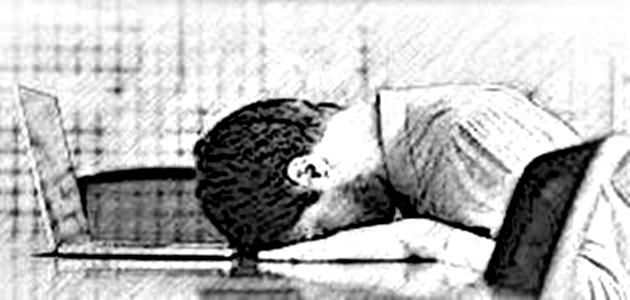Modern Slavery
Article 11 of the Constitution of the Islamic Republic of Pakistan, 1973 prohibits slavery, forced labour and child labour.
Slavery is a condition in which an individual is dealt with as property and is owned by another. He is completely controlled by his master without any remuneration. Slaves were considered as sale-able commodity having no rights. Those were the times, hundreds of years prior to the present age, when slavery existed in the defined manner. Those were the days, where no international organizations existed to safeguard and enforce rights of labour. The rich were powerful and the powerful were the rulers and it was a matter of pride for these rulers to have thousands of slaves. They were brutally tortured for breaching commands of their master and this physical torture was used as a deterrent factor to control the conduct of slaves.
However with the passage of time the situation changed. The ruling pattern changed. Slavery was discouraged. Slaves were replaced by paid servants. Servants were given rights against masters. The vacuum left by slaves was filled by paid servants. But the master is still master. Hundreds of years ago, there was no concept of the present day corporations, multi-national companies, financial institutions and government bodies.
The torture gradually shifted from physical to mental. In the present age, the terms and conditions of service are hard but an employee is left with no option but to accept because he has to feed his family and fulfill other obligations. If an employee does not agree with the terms of service, then he has to quit the job. But where will he go?The terms of service are often fashioned in a manner that if any dispute arises, the resolution goes in favour of the employer at the cost of the employee. Harsh terms are being incorporated in the service contracts. In an era where unemployment is at its peak, employees are unable to refuse jobs even when the terms are adverse to their interests. Fear of losing the job compels the employee to do more than what he is being paid for. Element of fear compels the employee to keep mum if excesses are committed or his rights are infringed. The difference between slavery and modern day paid-servant, is only ‘payment of wages’. Employees are not invited to give input in making rules and regulations governing terms of service. Rules are made by the management to secure interests of the employer only. All these things ultimately contribute to a condition, in which an employee has no choice but to go by commands of the master, by sacrificing his rights even if guaranteed by any law. As highlighted the only difference between the slave and present day paid-servant is the ‘payment of wages’. Most of the times payment against the services rendered by an employee is at a very low rate. Salaries are not increased in proportion with accelerating inflation. In case of government employment, the employees are not allowed to go for a part-time job to cater for their financial needs. Majority of them have no other source of income but to rely on the salary fixed by the employer. Welfare of employees takes a back seat in the priorities list. Serving in these conditions for any firm, department or organization is either modern slavery or forced labour, which in my view is, entirely in violation of Article 11 of the Constituion of Pakistan. In the case titled Abdul Qayyum v. CDA, etc. reported as 2015 PLC (C.S.) 617 (paragraph 9) it has been observed that:
“The helplessness of the employee and denial of access to justice becomes a form of forced labour, besides compromising the inviolability of dignity of the employee, guaranteed under Article 14 of the Constitution. An employee without a remedy in the 21st century is obviously a modern slave, as he/she is forced to live with the injustice of being deprived of a choice on account of lack of resources, unequal bargaining power qua the employer and the compulsion to provide for the livelihood of the family. Such a shackled employee is virtually forced to accept this fate. This is a form of exploitation, which the State is under a constitutional command to eliminate pursuant to Article 3 of the Constitution. It also assumes a form of forced labour and slavery forbidden under Article 11 of the Constitution. Such treatment of an employee is a clear violation of the responsibilities and duties imposed on the State, each of its organ and authority, and of each person performing functions on behalf of an organ or authority of the State.”
Article 11 of the Constitution further directs that no law shall permit or facilitate slavery or its introduction in any form or manner. It is time for the employers to revisit the rules/regulations governing the terms and conditions of service of the employees and give them proper representation in the rule/regulation-making process. Efforts may be made to keep the welfare of employees supreme. International organizations must take this issue as an agenda and strive to uplift living standard of those employees who are fighting the battle of life with meager resources.
The views expressed in this article are those of the author and do not necessarily represent the views of CourtingTheLaw.com or any organization with which he might be associated.


